The Offensiveness of Ronald McDonald Hiding in Plain Sight
McDonalds Corporate Might be Tired of the Petty Personal Feuds of its "Founder"
I ran across this article on DailyMail relating that the McDonalds Corporation phased out Ronald McDonald as a result of the 2010’s clown-panic era.
The 1980s were defined by the Satanic Panic.
The 2010s were defined by the Clown Panic.
It was a bit of a silly article. I was waiting for a reference to the Insane Clown Posse.

But the real reason the corporation likely doesn’t hype the clown, other than the obvious desire for a major multinational not to have a spokesman as a clown, relates to the company’s somewhat delicate history.
The clown was first popularized in 1963 by a local franchisee Oscar Goldstein in the Washington DC area, as future weatherman Willard Scott dressed up as “Bozo the Clown” to do a local promotion for an individual store. They did three commercials. McDonalds corporate got ahold of this and rolled it out in 1965.
The clown was part of “McDonaldland” where other famous characters like the Hamburglar, Grimace, and Mayor McCheese lived. But the most famous character was definitely Ronald.
By the 1970s, Ronald McDonald was nationally-known. He was a red-haired, white-faced, tall clown.
For many years in McDonalds’, you could see a brown plaque that celebrated the founder of McDonalds as Ray Kroc (1902-1984). With clever wordplay, it left the average customer to think that Kroc was the founder. There were no plaques for the McDonalds brothers.
Ray Kroc was an American entrepreneur best known for transforming McDonald’s from a small regional fast-food chain into one of the most recognizable and influential global brands.
Originally a milkshake machine salesman, Kroc discovered the McDonald brothers’ restaurant in San Bernardino, California, in 1954 and was impressed by their efficient, assembly-line style operation. Sensing a larger potential, he partnered with them and eventually bought them out, founding the McDonald’s Corporation in 1961.
Kroc focused on aggressive franchising, standardization, and real estate control through a separate company, strategies that fueled McDonald’s explosive growth. Kroc is widely credited with building the modern McDonald’s empire and shaping the fast-food industry as we know it today.
But though he was many things, he was not the founder of the company.
The two brothers who founded the company were: Richard McDonald (1909-1998) and Maurice McDonald (1902-1971), originally as a barbeque joint, in 1940. By 1948, they were onto burgers, fries, and shakes.
The 2016 movie starring Michael Keaton goes through this dynamic and tells much of this story.
The movie also lightly hints at a rarely-discussed social issue: the intra-racial hostility between various whites. Kroc was Czech, and the McDonalds brothers were Irish. All of them were Catholic. But Kroc definitely had a chip on his shoulder that the brothers did not. Kroc lets out a little tinge of that resentment near the end of the movie.
Here is Kroc explaining it in his own words:
The movie was good in parts, but a bit disjointed overall. And some of the acting, notably the delivery of this line by B.J. Novick, better known as “Ryan” from “the Office”, was particularly cringe-worthy, @2:30 into the clip below:
The movie had a lot of potential, but was underwhelming, a bit like a meal at McDonald’s.
I heard a wag say that the genius of McDonald’s isn’t that it’s particularly good, but that it’s so incredibly reliable that you always know what you’re going to get. They are guaranteed cheap mediocrity which, for most people, is exactly what they want.
Though I love the McFish.
And I also love the McRib. Don’t judge me.
In recent years, decades after the death of Kroc, the nature of the store as a family-friendly destination has also changed.
The store is less in love with the idea that it is a kiddie-playland, and, instead, it is simply a place for Americans to find cheap mediocre food.
In the 1980s, the store gave off this vibe:
By the 2010’s, the vibe had definitely shifted:
Kroc had built an enormous personal fortune when he died in 1984. It was 500-600 million at the time, worth about three times that today.
Ray bought out the McDonalds brothers in 1961 for $2.7 million, and, allegedly, a verbal deal for a 0.5% royalty of the gross sales. That part of the deal was never honored. They trusted Ray to honor it, and, instead, he screwed them.
This scene is interestingly played out in the movie, above.
Ray bought the San Diego Padres in 1974 for $12 million. He once famously took the microphone during a game and said that he had never seen such awful ballplaying.
Ray Kroc was an owner. He let you know that he owned whatever it is that you found precious.
Ray was a capitalist, and a Republican. He left his money to his widow.
Ray met Joan Kroc because she was married to a franchisee. She was 26 years younger than Ray, with one daughter. She was 29 years old, he was 55. She would end up being Kroc’s third wife when they both divorced their spouses. Ray gave Rawland Smith a franchise, and in exchange he took his wife.
Rawland and Joan had been married for 25 years when they were divorced in 1969.
Married in 1969, Ray died in 1984, she only had to live with him for 15 years.
Kroc’s widow Joan donated much of his fortune to a variety of center-left charities. She sold the Padres in 1990.
In her will she left $1.5 billion to the Salvation Army, $200 million to National Public Radio, $50 million each to the University of San Diego and the University of Notre Dame. She was a donor to what she considered “peace and justice.”
Joan had a great fortune to divide up. She had between $1.7-2.5 billion to give out.
McDonalds gross sales in 2003 was $46.9 billion. As of 2024, gross sales were $130 billion.
If Ray had kept his deal with the McDonalds brothers, if the brothers had simply required that the deal be written down, their estate would have been paid $234 million in 2003, and $650 million in 2024. They would have ended up richer than Ray in the end.
The nephew of Ray Kroc claims this was a great deal for the McDonalds brothers. If you believe that, I have a Shamrock Shake to sell you in October.
So the fact that he owned their business, and owned the use of their name, it should be no surprise that Ray made Ronald the third McDonald brother. Ronald was the smart McDonald brother, the one who still worked for the company. Ronald was the McDonald with business sense.
Ray was saying quite bluntly to America that the McDonald brothers, his former business partners, were simpleton clowns.

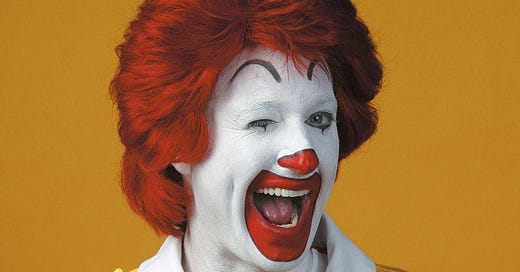



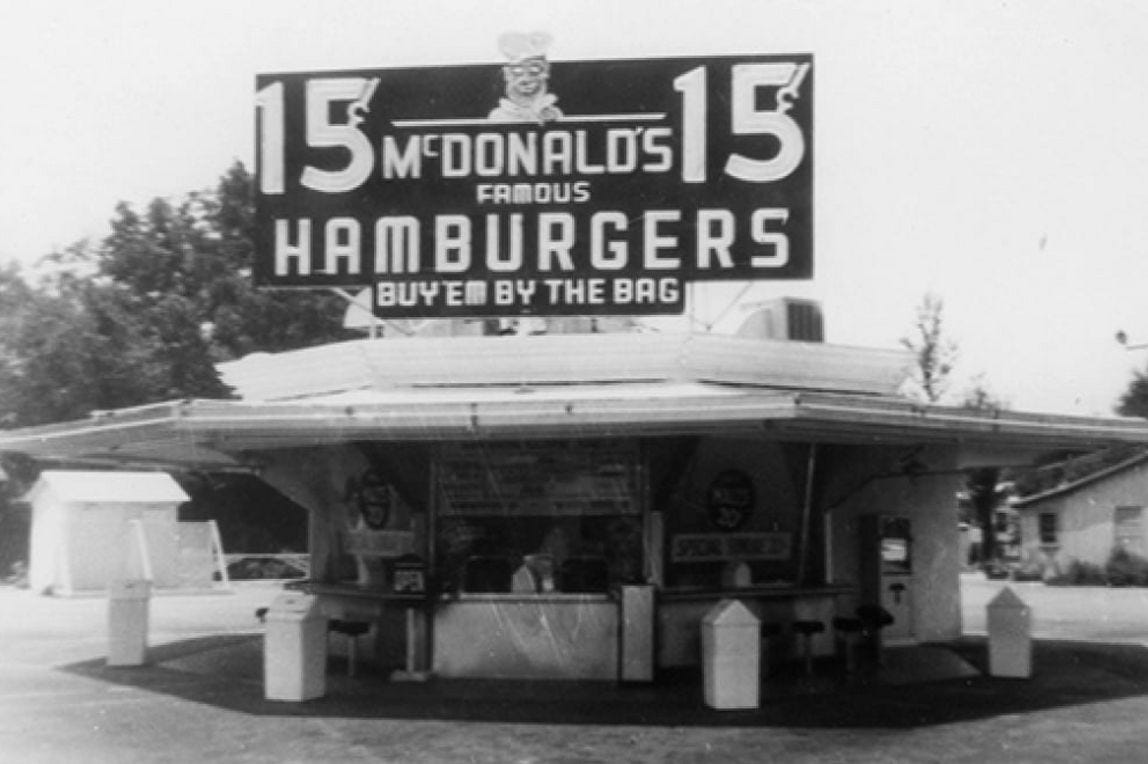

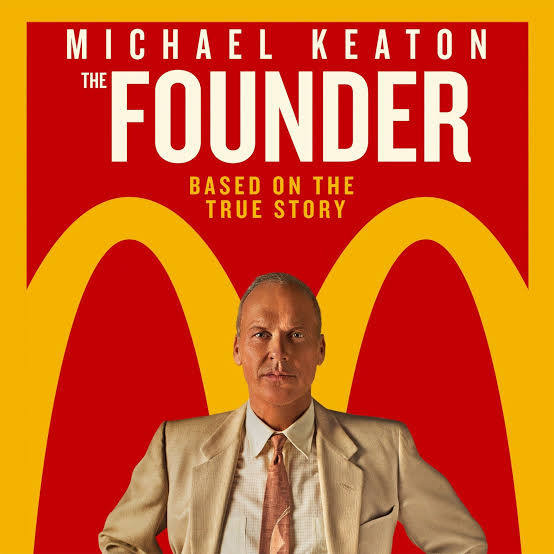
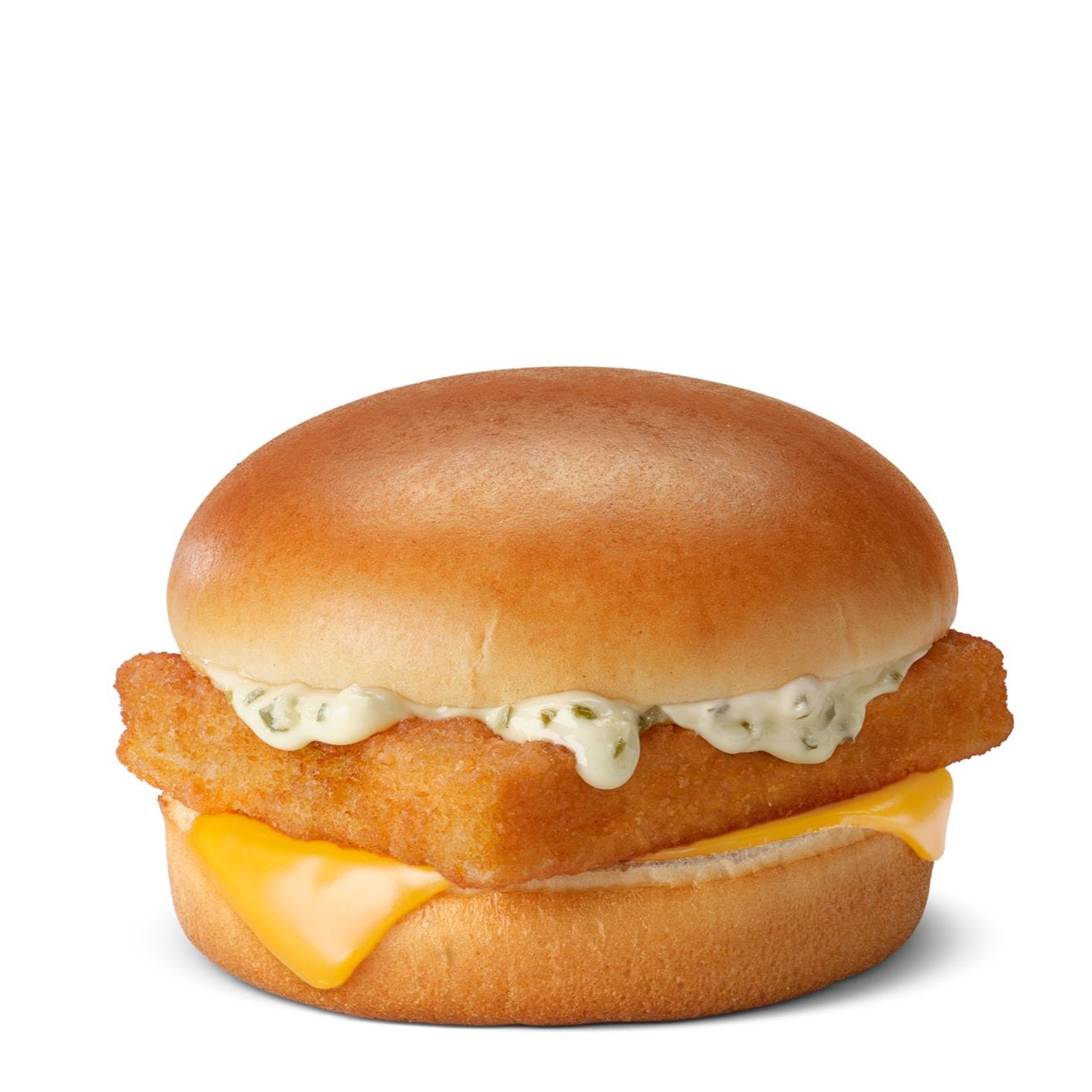
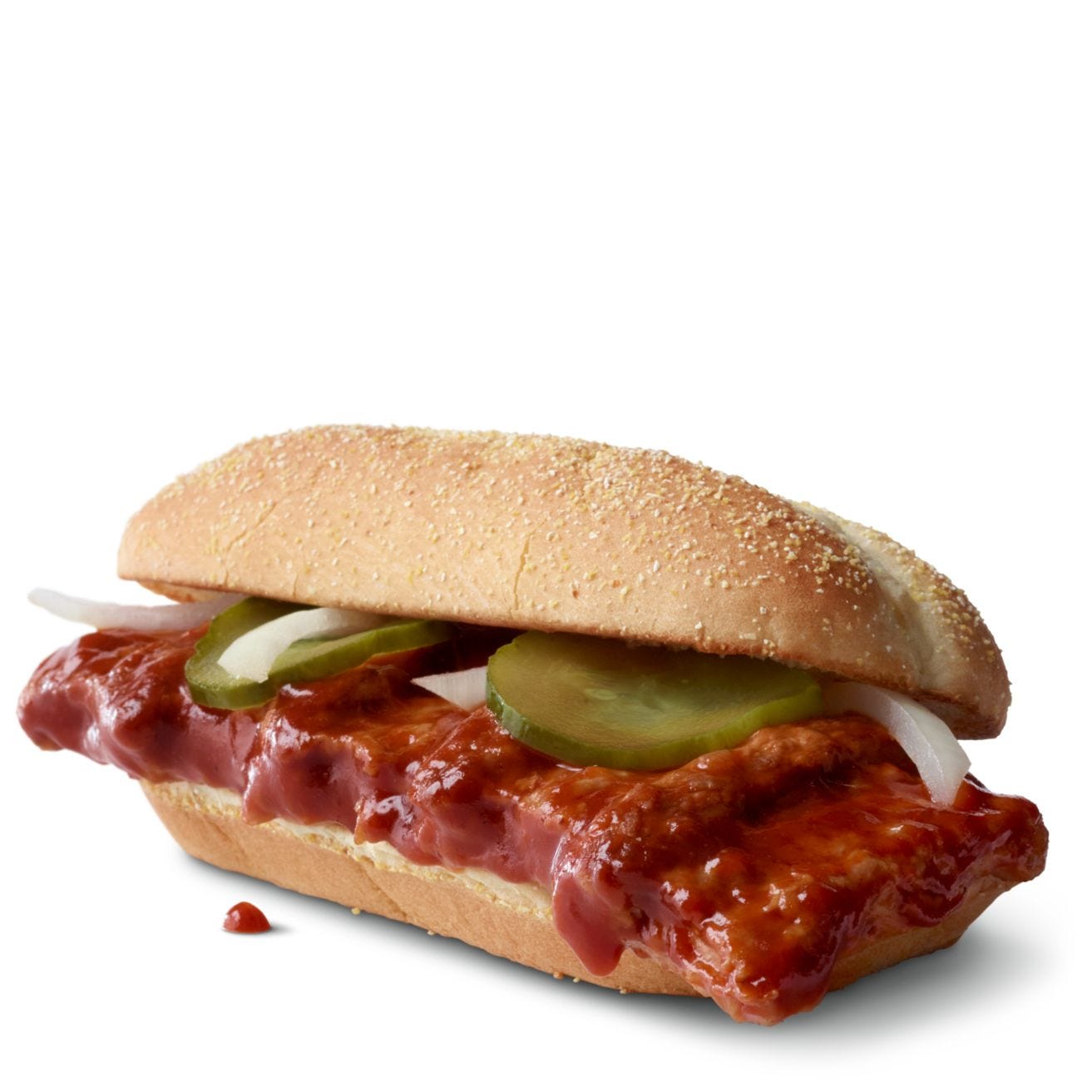
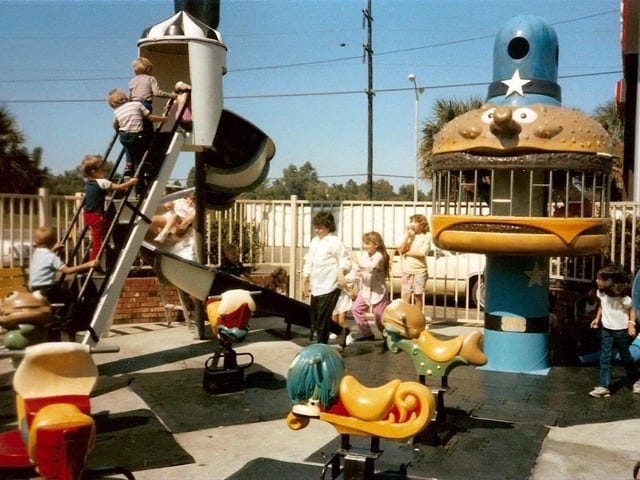
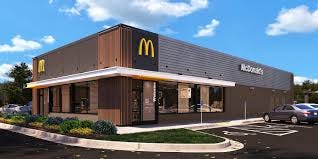

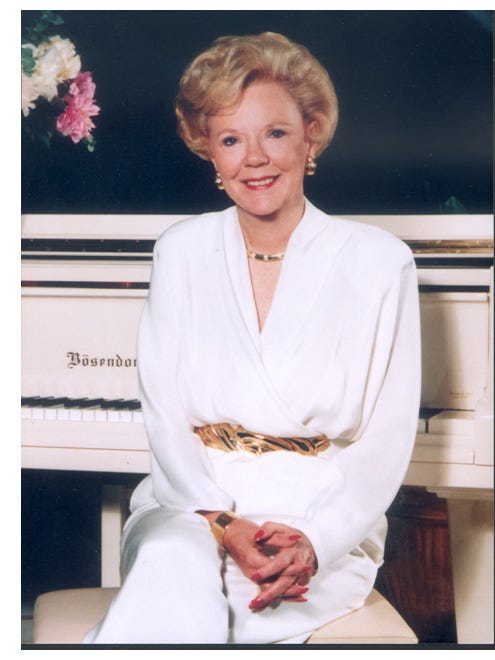
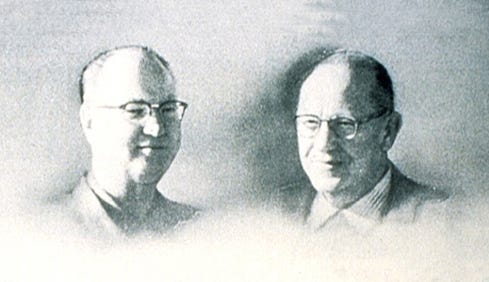
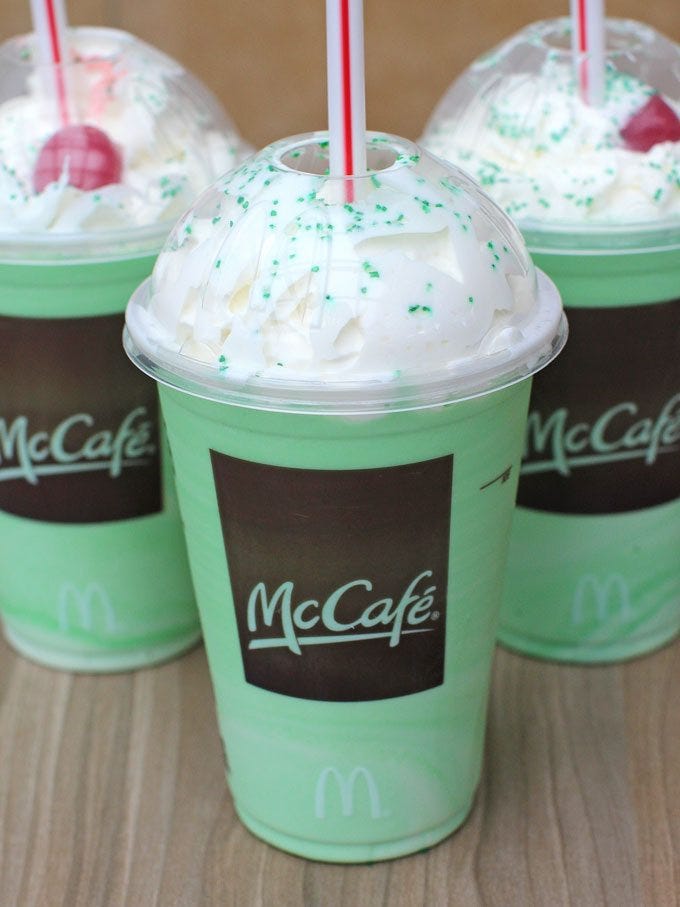
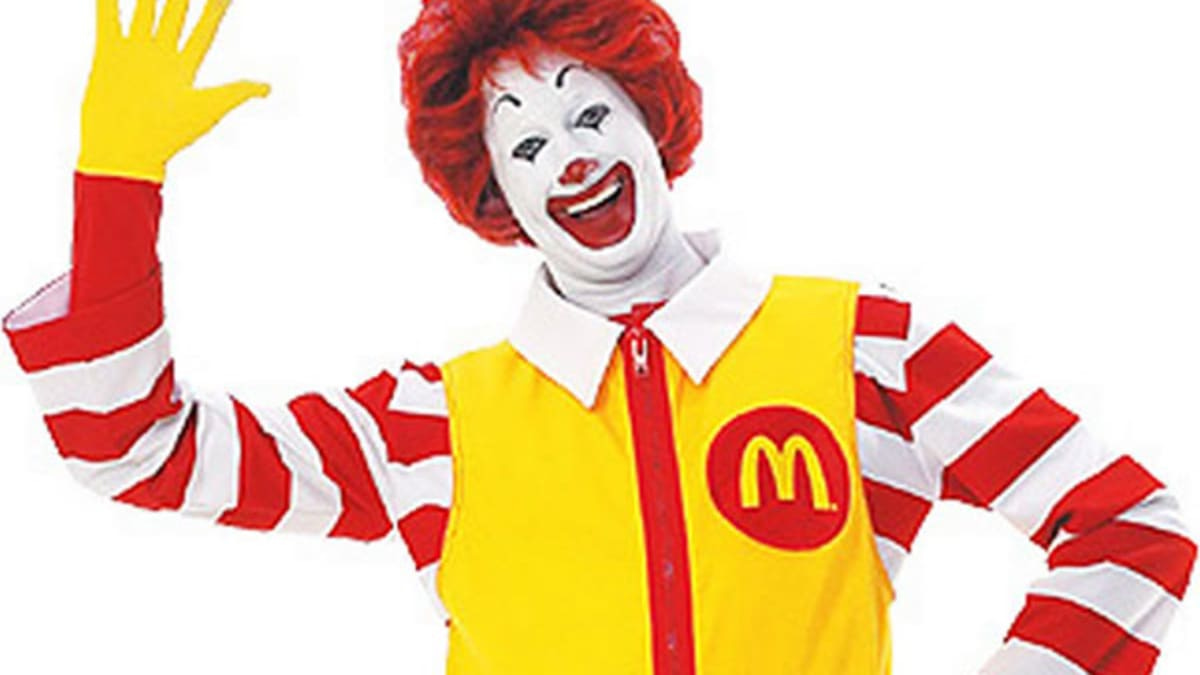
And how about you sir? Any intra-Catholic battles you’re provoking today with clownish memefare?